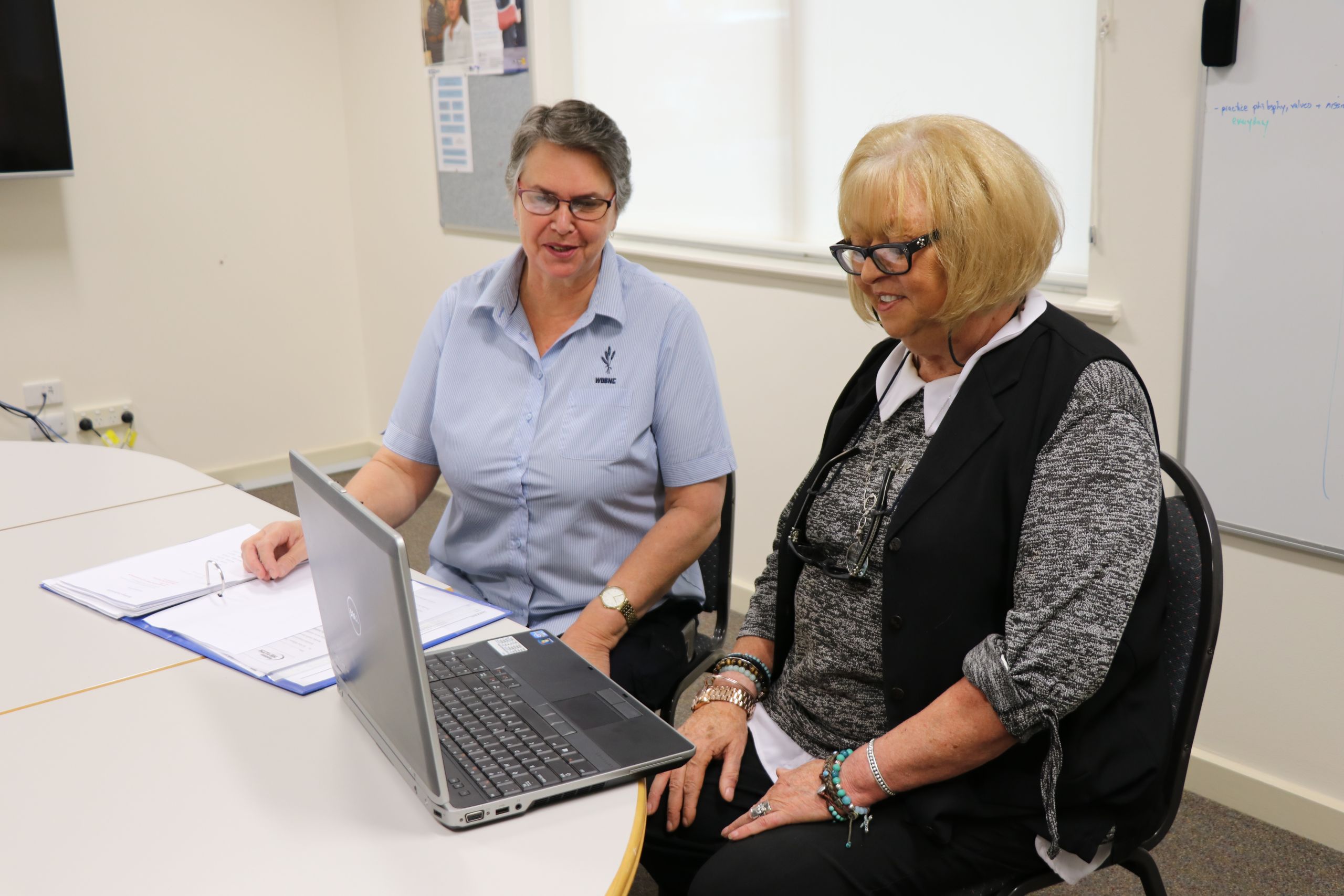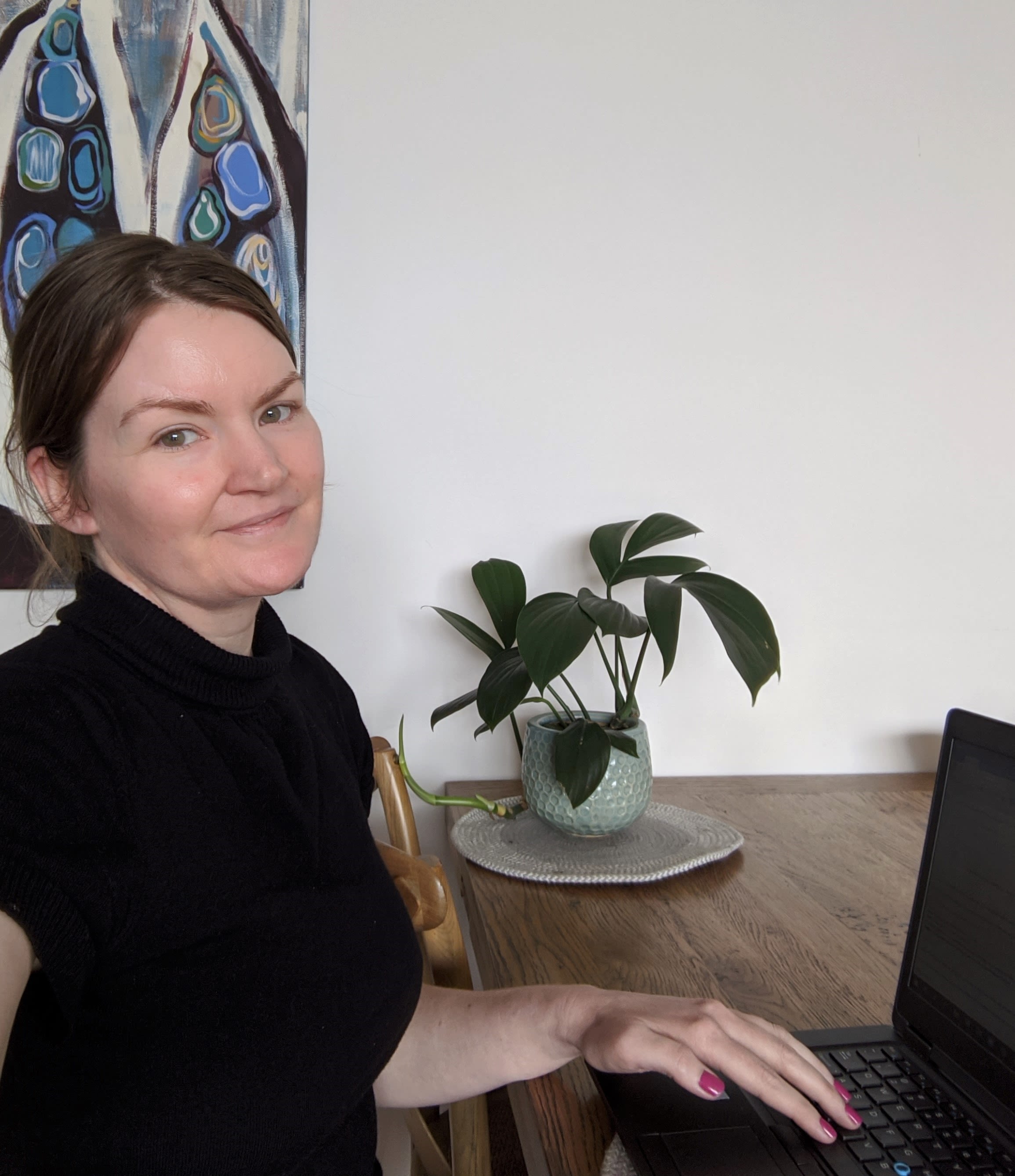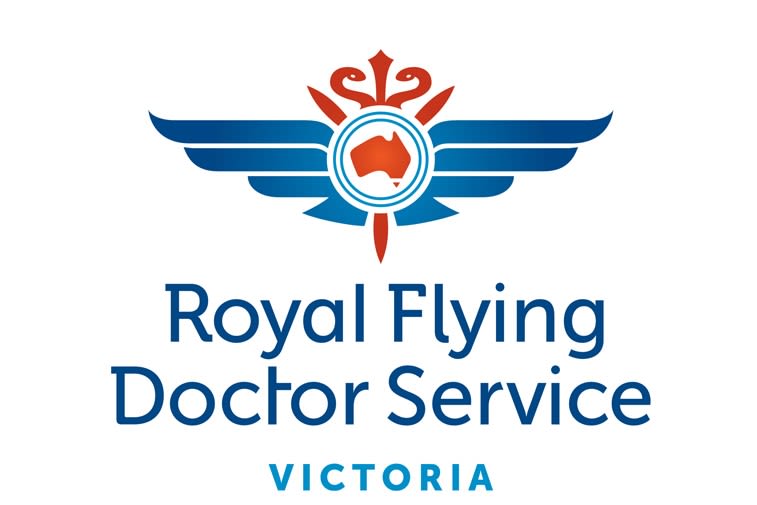Talking Telehealth
October is Telehealth Awareness Month, and so we took this as a chance to chat about all things Flying Doctor Telehealth with RFDS Victoria's eHealth Team Leader, Naomi Cooper.

Can you please tell us a bit about Flying Doctor Telehealth?
Sure! RFDS Victoria’s Flying Doctor Telehealth service has been operating since 2013. It links rural and remote clients with specialists via our secure, custom-built platform. It’s the medical version of a video call, and operates much the same as a face-to-face consultation would (the only difference being a screen and often hundreds of kilometres between you!).
It is 100% bulk billed, and we have a range of specialties covered by the service, including cardiology, addiction, endocrinology, geriatrics, paediatrics, pain, psychiatry and respiratory.
Covid-19 and its associated impact on travel and face-to-face interaction has meant that there’s been a lot of coverage around the importance of telehealth. Why has telehealth been so especially important during this pandemic and why is it just as important during ‘normal’ times as well?
It’s been great to see so much positive coverage of telehealth during the past few months. Covid-19 has meant that many people either can’t see their doctor face-to-face, or are understandably nervous to venture out. Telehealth allows clients to maintain a physical distance, while still being able to have their regular appointments.
In terms of its importance during ‘normal’ times, the barrier of distance is not new to people living in rural and remote areas. Most specialists are based in major centres and, if you live in a smaller community, seeing a specialist can often entail a long, costly journey and the expense of an overnight stay, not to mention the stress of an unfamiliar environment – all for a relatively short (but necessary) appointment. Prior to telehealth, this meant that people living in country areas were often unable to access specialist care or, if they did, had to navigate a number of hurdles and expenses to do so. The flow on effect of this was poorer health outcomes, with conditions being poorly managed or new conditions less likely to be discovered.
This situation has pushed an industry with often very traditional approaches to care into the technological age. It’s no longer just about having the ability to provide telehealth in place of a face-to-face consultation, but how to embrace the technology to deliver the best care. Our rural and remote clients really benefit from this.
What kind of feedback do you get from clients who use Flying Doctor Telehealth? What difference does being able to access this service make to their lives?
We get so much lovely feedback from clients. Some people (understandably) get quite emotional about it. Having that peace of mind that they can see their specialist without having to navigate hours of travels and all the costs associated with it, means so much. They also love the option of Telehealth@Home, where there is no need to travel at all, they can chat to their specialist from the comfort of their lounge room.
It’s especially meaningful for elderly clients, some of whom are no longer able to get to the bigger centres because they may not drive anymore or find the experience too overwhelming. They’re often surprised by how easy the platform is to use, and really appreciate our teams being on hand to help them with any questions.
What kind of feedback do you get from specialists who use the service?
I think a lot of them start by being surprised we do it! The Flying Doctor has evolved so much since we first started some 91 years ago, and people don’t always associate us with services like this.
Our specialists really enjoy connecting people in rural and remote areas. It gives them variety in their clinical practice while also knowing that they are providing essential services to people who face significant barriers in accessing specialist health care. Everyone involved in the appointments are surprised by how easy it is, and the specialists appreciate the input from clinical staff who may support the appointment to make sure the patient understands the outcomes and can facilitate any follow up.
What would you say to someone who is unsure as to whether they will get the same amount of value out of a virtual appointment as they do a face-to-face one? Are there any tools to aid clients/specialists with the change?
I would say that telehealth is a really high-quality alternative to face-to-face appointments. It’s become such an invaluable tool for so many of our clients – the growth in our areas of specialty and numbers of clients over the years is testament to this. The technology has come a long way and I would definitely urge people to give it a go if they need it. The impacts of Covid-19 have created this huge shift in accessing quality health care online so now is really the best time to start embracing it, it’s only going to get better and better.
We provide lots of resources to help people with using the platform. From a client side, we have a handy list of suggested questions to ask their specialist so they can get the most out of the consultation. For specialists, we have training resources talking them through the platform and addressing common questions. We also have a support team at Flying Doctor HQ who can provide personalised support for clients and specialists alike.
Broadly speaking, where is RFDS Victoria’s Telehealth program available?
Flying Doctor Telehealth operates out of more than 100 partner clinics across Victoria and Tasmania, with some locations in South Australia and New South Wales too.
Since COVID-19, we have also been offering the option of Telehealth@Home.
If a client or specialist is interested in using Flying Doctor Telehealth, what should they do?
They should definitely get in touch with our team. All our contact details can be found here: https://flyingdoctortelehealth.org.au/contact/
We’d love to hear from you!


